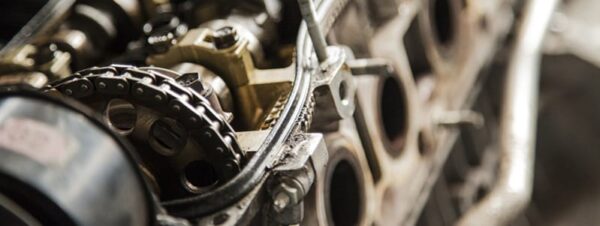Buying aftermarket parts can be risky and is rightfully so. Valuing at $30.1 billion, the fact that the same Original Equipment Manufacturer, OEM for short, part can be available through several different manufacturers is just part of the problem. All this creates a challenge for fleet managers to know exactly which part best fits as a replacement for the truck at various points in its life cycle.
If you’re still looking for a non-OEM replacement, then there are a few myths and misconceptions that you should be aware of.
-
All parts are created equal
“Just because a [part] looks the same as a genuine part does not mean it’s the same quality,” Amy Kartch, director of North American Vehicle Group Aftermarket, Eaton, says. “Fit and functionality cannot replace the years of testing, engineering and system level understanding that goes into genuine parts.”
Even though an aftermarket part will fit, function, and work as a replacement, original parts are made specifically with the entire system in mind. According to Juan Hernandez, international marketing and sourcing manager at SAF-Holland, “A safe system is a result of its all components working together the way they were designed and engineered. Altering the system’s components present a threat to the system’s ability to operate safety.”
-
The price matters most
The price of parts includes not only the numerical value shown on the tag but also the cost of maintenance and potential replacement due to failure. Jim Pennig, vice president of business development for Vipar Heavy Duty, explains that choosing a value-priced part may be cheaper in the beginning in terms of initial investment, but if you have to replace the part three or four times over its life span then it may not be such a great deal.
Also, cheaper products may not mean it’s better. Quality and performance may differ from its genuine counter-part and result in a price increase if the product fails sooner than anticipated. Yet, the life cycle of the vehicle does have to be taken into consideration, John Blodgett, vice president of sales and marketing at MacKay & Co, says. “If a fleet typically buys trucks new, keeps them for six years and then sells them, they may consider putting non-genuine parts on the vehicle in the fifth year if the part is not going to affect the performance of the vehicle for the balance of the time they will own the vehicle and will not impact the resale value.”
-
Brand names are always better
Brand names have been engraved into our shopping behavior, and we automatically assume a higher quality when purchasing these brands at a premium. However, that is not always the case, as you might already know. There are lesser-known companies who make alternative parts at the same quality standard as a brand name shop, but at a much lower price. However, be cautious of the quality and make certain that you receive something that is reliable and safe. As Amy Kartch states, “Do not be fooled by a pretty box. [Always] check the quality inside.”
